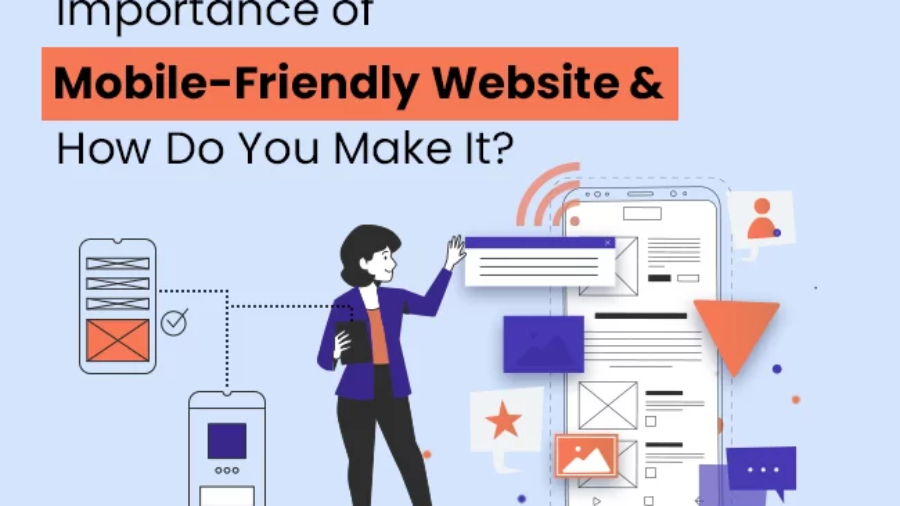
Why Mobile-Friendly Websites Matter ����
Did you know that over 60% of web traffic comes from mobile devices? (Statista) That means if your website isn’t optimized for mobile, you’re losing potential customers! Google even prioritizes mobile-friendly sites in search rankings, meaning a poor mobile experience could cost you visibility and sales.
How Mobile-Friendliness Impacts SEO & User Experience ��
A mobile-friendly website helps: ✅ Boost SEO rankings – Google’s Mobile-First Index prioritizes sites that work well on smartphones and tablets. ✅ Reduce bounce rates – If visitors struggle to navigate your site, they’ll leave fast, hurting your ranking. ✅ Increase engagement – A smooth, easy-to-use design keeps users browsing longer. ✅ Drive more sales – Mobile users make fast decisions, and a user-friendly interface encourages conversions.
Real-Life Success Stories ��
Example 1: How Domino’s Pizza Increased Sales
Domino’s revamped its mobile site and app for a smoother user experience. The result? A 23% increase in digital sales and a surge in mobile orders! (Domino’s Case Study).
Example 2: Google’s Mobile Algorithm Shift
When Google introduced mobile-first indexing, many businesses saw drops in rankings due to non-mobile-friendly designs. Those who adapted quickly saw their visibility and traffic increase significantly! (Google Blog).
Think Like a Kid: Mobile-Friendly Websites Explained ��
Imagine playing your favorite video game, but the buttons are too small, and the screen doesn’t fit right. Frustrating, right? A website that isn’t mobile-friendly feels just like that—hard to use, confusing, and annoying! A good mobile site should be easy to scroll, tap, and read without zooming in or getting lost.
Quick Fixes to Make Your Website Mobile-Friendly ⚡
✅ Use responsive design – Your site should adjust automatically to different screen sizes. ✅ Speed it up – 53% of users leave if a mobile site takes over 3 seconds to load (Google). ✅ Make buttons and fonts bigger – Ensure easy tapping and reading on smaller screens. ✅ Test on multiple devices – Check how your site looks on phones, tablets, and desktops.
A mobile-friendly website isn’t just a trend—it’s essential for success. If your site isn’t optimized for mobile yet, now’s the time to fix it! ��
